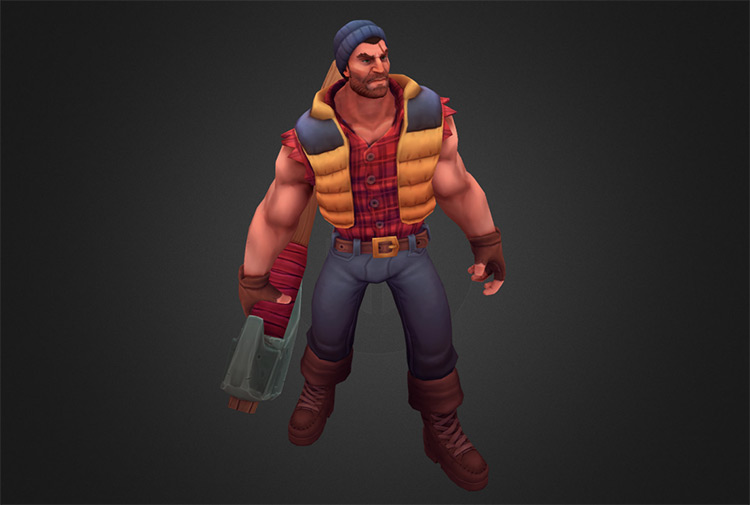
There is no clear definition of this, but we can highlight five main playable character styles: creative, life-like, cartoonish, abstract, and blocky style.įor example, a creative style implies an atypical design for characters and their clothes. Depending on the setting and goals of the game, the styles of the characters are determined. Most often, specialists make 3D human models for primary and minor characters. Thus, they are able to achieve an organic result even if their software has limited capabilities. For example, a 3D artist can create a cube, modify it using various tools, and further edit the model in other programs. The process of creating a 3D character usually begins with the most straightforward task - the creation of a primitive form. In addition, a character can be either the main character (a player controls them during a game), or secondary (the beings with which a player interacts), or even exist in the periphery alone. Usually, the character is a person, animal, robot, or mythical creature. How does 3D Character Modeling Work for Modern Game Development?ģD character modeling is a multi-stage process in which a 3D artist applies different software and tools to create a character for a game or other form of media.

In this article, you’ll learn the basics of modeling characters for games and how the process can be simplified with a 3D modeling company working at your side. Of course, creating 3D people and other characters is hard work, but the efforts are rewarded with users’ engagement. That is why great care and detail should go into the creation of 3D characters.


In short, an emotional attachment to the game is created. Users identify with the main characters, while showing sympathy or antipathy for other characters.

Characters are one of the most important parts of any game’s development.


 0 kommentar(er)
0 kommentar(er)
